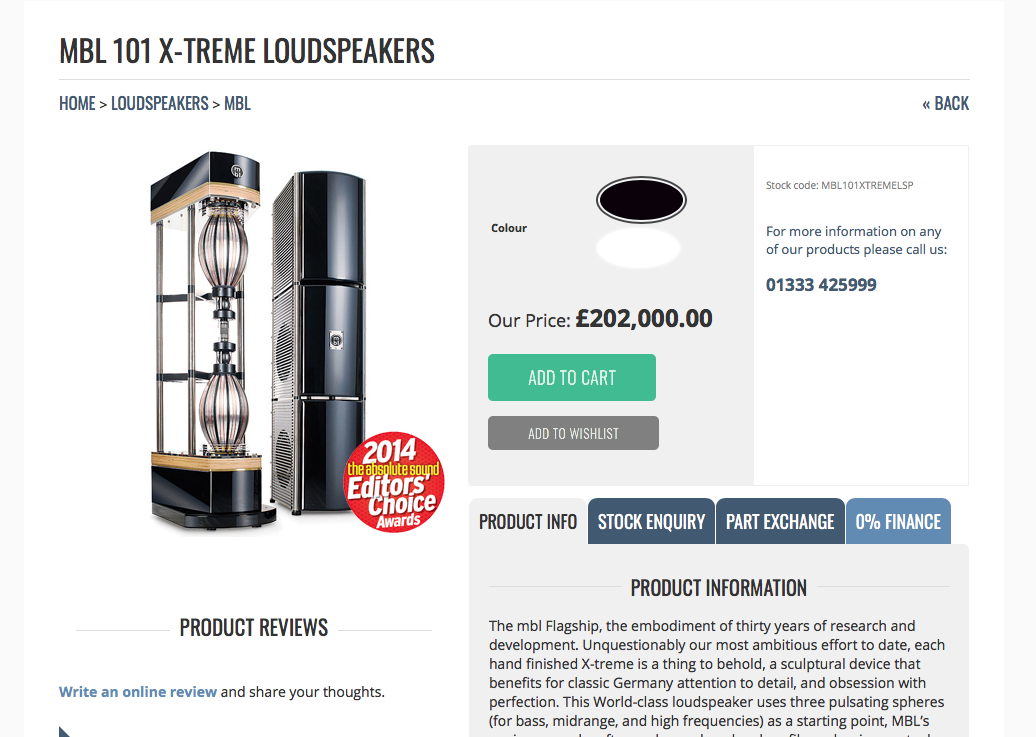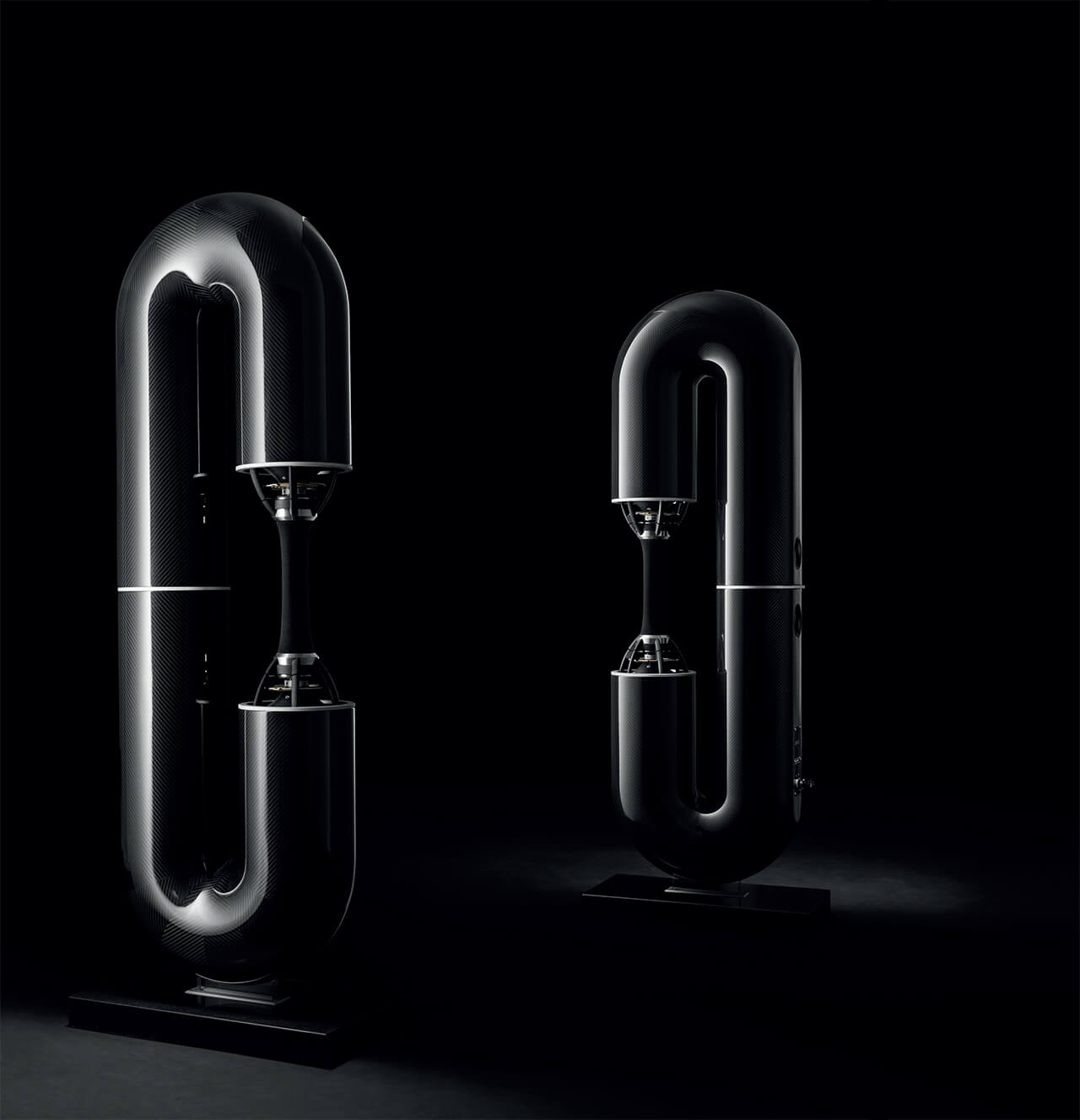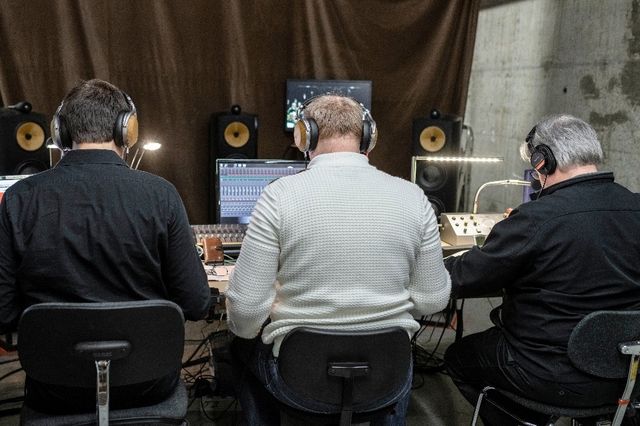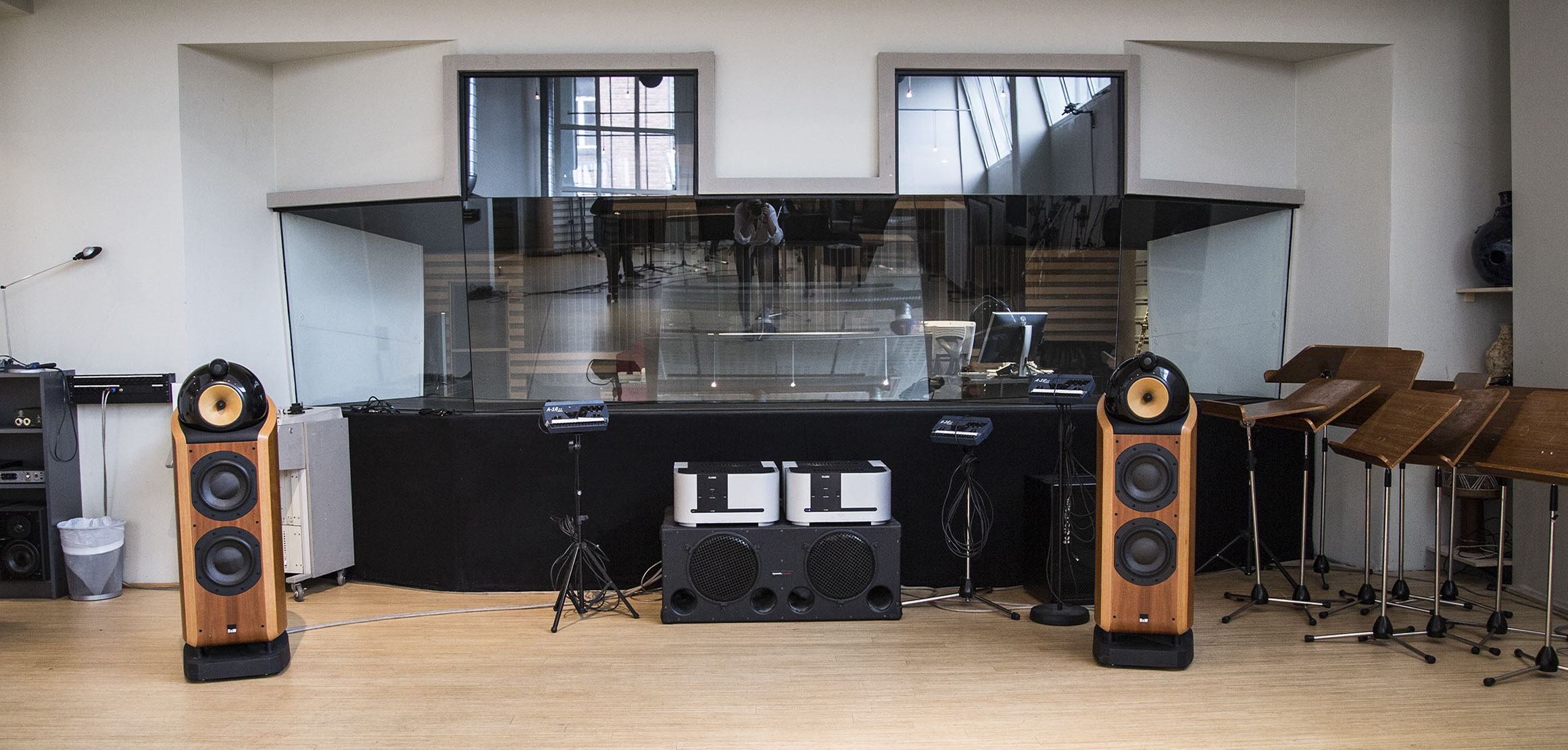The omni vs. conventional multi-driver vs. dipole argument is always interesting. I spent a lot of time with Shahinian Obelisks in the past and came to the conclusion that I liked them but they weren’t for me. I’ve also heard some of the large MBLs at shows, and they are seriously impressive, but again probably not for me. Part of my problem is that I know *exactly* how stuff gets onto a record or a CD. I’ve spent a lot of time in recording studios, even co-ran a very little one for a while. I fully grasp that we are dealing with mic feeds, panning, FX etc here, not some mythical recreation of an orchestra in a concert hall or whatever, and in a way I’ve been crippled by that knowledge. As such a long while ago I decided that a classic studio monitoring rig, both full-range and near-field, was my best compromise. For me the ‘real’ is the sound in the control room, that is the only attainable goal. If you are listening to those highly prised Decca SXLs, classic UK rock albums etc that is most likely a pair of 15” Tannoys driven by a Quad power amp, for classic Blue Notes and early Beatles albums it is Altec 604s. I also have a pair of JR149s, but think of them as standing in for LS3/5As, a classic near-field. I’m perfectly happy with these two perspectives to cross-reference, and I suspect between them I get very close to hearing a lot of music as it was created, as it was intended to be heard.
The better omni kit I’ve heard does a remarkably good job of presenting a live band, ensemble, orchestra or whatever in the room, and I totally understand why many view it as preferential to a more conventional system. I never fund orchestral music sounds truly convincing on conventional kit, even via the giant Tannoys so much of it was recorded through as a reference. Orchestral music in a concert hall is an omni-directional experience, so effectively adding that impression as an ‘effect’ via omnidirectional speakers is fully understandable and I’d not knock people with such systems. It sounds great and is a perfectly legitimate end goal IMO given the inherent limitations of recorded sound. I would however never want to monitor or mix on Shahinians or MBLs, they just aren’t suited to it IMHO.
PS Panels/dipoles are a whole other thing too, and I’m a big fan of them too.





